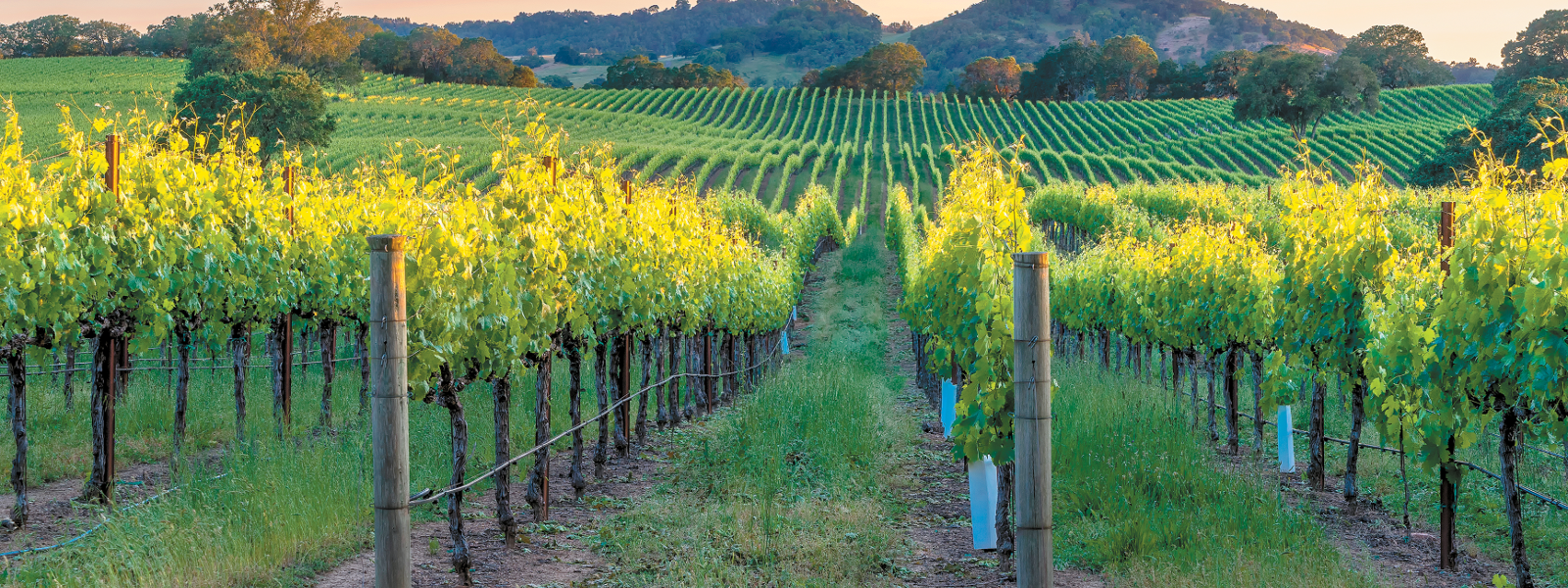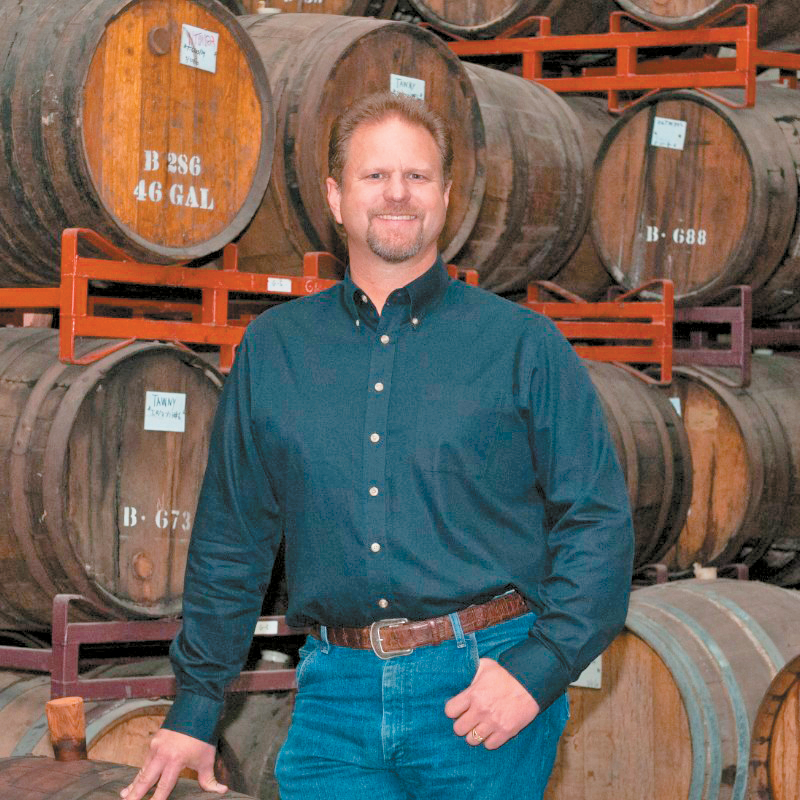Will market pressures downsize vineyard acreage?

California winegrape growers may have to remove 50,000 acres of vineyards to balance production, according to marketing association Allied Grape Growers.


Photo/Courtesy Allied Grape Growers
By Bob Johnson
The president of a leading California winegrape marketing association says growers in the state need to remove 50,000 acres of winegrapes to balance supply with decreasing market demand.
Jeff Bitter, president of Fresno-based Allied Grape Growers, discussed the outlook for California’s winegrape sector during an online presentation.
“In the years 2012 to 2019, we averaged about 4 million tons of winegrapes crushed,” Bitter said. “The most recent three years, the average has been closer to 3.5 million tons. These crops have kept us in balance considering where we had been previously.”
Bitter made his remarks as part of a series of viticulture-themed lectures that began in October leading up to the Sustainable Ag Expo and International Sustainable Wine Growing Summit, which will be held Nov. 14-15 in San Luis Obispo.
He noted that smoke exposure from widespread fires reduced yields in 2020, while severe drought impacted the harvest in 2021. Last year, April frost and a September heat wave led to another below-average crop.
“We’ve had three short crops in a row, and we are not projecting that we are going to have a large crop this year,” Bitter said.
Bitter said it may be only a matter of time before winegrape growers face drops in prices that may not be sustainable for some of them.
If this is the case, Bitter said, “we would have significant market issues with any above-average crop. We need to reduce acreage.”
While it could take years or a major market correction for the state’s winegrape sector to balance supply with demand, individual growers need to navigate these challenging waters, Bitter said.
He cited several short- and long-term factors that have combined to reduce demand for California wine.
“Consumer confidence has been wavering the last few years, particularly since the pandemic,” he said. “Consumers are just not sure what the future holds.”
A longer-term trend is that younger adults are simply drinking less wine, he said. This may be partly attributed to messaging discouraging alcohol consumption in general. In 2018, 34% of consumers 18 to 34 years old polled by Gallup said they considered moderate drinking to be detrimental. This year, that number jumped to 52%.
Gallup’s annual survey released in August noted that alcohol consumption has dropped by 10% among the younger adult demographic over the past 20 years. Meanwhile, for the first time in 30 years, wine trailed both beer and hard liquor as a favorite alcoholic beverage.
“We are up against some headwinds,” Bitter said. “We have fragile demand, and we have a lot of headwinds. That’s a concern as we go forward.”
By not reducing some acreage, Bitter said, growers may be at risk of having an oversupply of winegrapes they can’t sell at a profit.
“This is news that people have to hear,” said Cliff Ohmart, a consultant who previously served for 14 years as the sustainable winegrowing director for the Lodi Winegrape Commission.
He said he worries growers may be “unable to respond to overproduction until it actually happens.”
Every year, Allied Grape Growers surveys the state’s 11 commercial nurseries to determine total acres of winegrapes and which varieties were planted in each region. The new plantings report enables the industry to forecast the tonnage of each variety in all regions of the state during the next three years.
According to the California Grape Acreage report released in April, winegrape acreage remained steady in 2021 and 2022, with 575,000 bearing acres and 615,000 total acres in both years.
However, Bitter said production is “slightly on the incline,” with 18 million vines sold in 2022 and planted on 20,000 acres. The sales figures show 43% of the vines were white varieties and 57% were red.
Cabernet and sauvignon account for close to 50% of the vines sold, Bitter said.
“Sauvignon blanc (acreage) more than doubled, and I suspect we’ll see a lot of sauvignon blanc planted again in 2023 once our new survey comes out in a couple months,” he said. “If we are planting above 4% of the current acreage of a variety, we are planting for growth.”
In the coastal region that includes Mendocino, Humboldt and Solano counties and the Central Coast, Bitter projected a 25% increase in sauvignon blanc from 2022 to 2025, an 8% increase in chardonnay and a 5% increase in pinot grigio.
With the latest planting figures showing the wine sector has not begun a process of reducing acreage, Bitter said, individual growers would do well to reduce their exposure by selling grapes in advance.
“The single biggest issue will be whether you have a contract,” he said. “That’s going to be the biggest issue affecting your success moving forward.”
(Bob Johnson is a reporter in Monterey County. He may be contacted at bjohn11135@gmail.com.)




